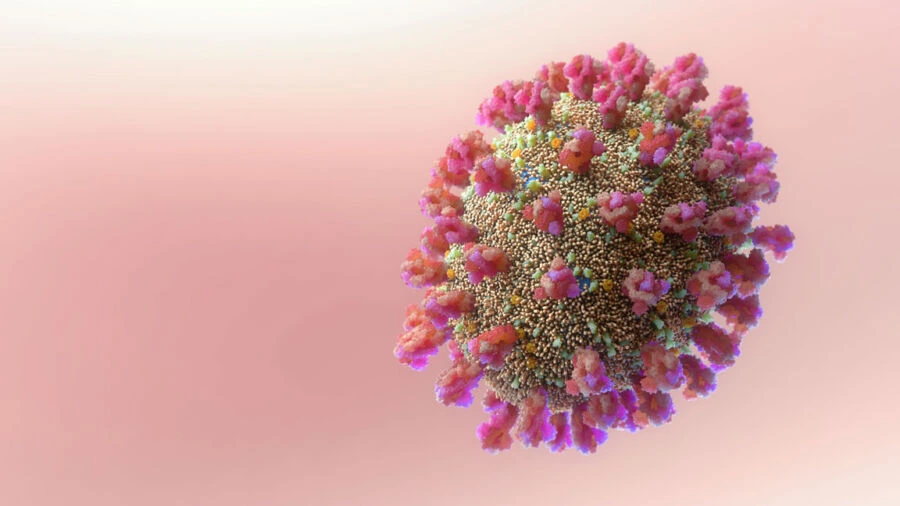Introduction
“COVID-19 cases are ticking up globally, with new variants driving concern,” warns the World Health Organization (WHO) in its latest 2025 report. As summer fades, experts are sounding alarms about rising infections fueled by highly transmissible FLiRT variants like KP.2 and KP.3. With immunity waning and indoor gatherings increasing, is another surge on the horizon? This guide breaks down the latest risks, symptoms, and practical steps to keep you and your loved ones safe.

1. Is COVID-19 Really Coming Back? The Latest Data
Wastewater surveillance across the U.S. and Europe shows a steady climb in COVID-19 levels since early 2025, with hospitalizations up 15% in some regions compared to last quarter (CDC, 2025). The culprits? FLiRT variants, nicknamed for their spike protein mutations, are now dominant. KP.2 and KP.3 are 20% more transmissible than earlier strains and better at evading immunity, even in vaccinated individuals.
Dr. Maria Van Kerkhove, WHO’s COVID-19 technical lead, notes, “Waning immunity and relaxed precautions are a perfect storm for seasonal surges.” Posts on X echo this, with users reporting local upticks in cases, especially in urban areas. While not as severe as 2020 peaks, these trends signal a need for vigilance.
2. How to Recognize New Symptoms
Symptoms of current variants resemble a bad cold but can escalate fast in vulnerable groups. Common signs include sore throat, fatigue, congestion, and mild fever—less emphasis on loss of taste/smell compared to early strains. The CDC highlights that high-risk groups (elderly, immunocompromised, or those with chronic conditions) may experience severe outcomes like pneumonia.
Testing remains critical. At-home rapid tests are less reliable early on, so if symptoms persist past day three, consider a PCR test for accuracy. X users frequently share anecdotes of mild symptoms turning serious, underscoring the need to monitor closely.
3. How to Protect Yourself & Others
The CDC recommends updated boosters targeting KP.2 for fall 2025, available since March. Data shows boosters reduce severe outcomes by 60% against new variants. Masking is most effective in crowded indoor settings—think airports, concerts, or public transit. N95s or KN95s outperform cloth masks for FLiRT strains.
Simple habits make a difference:
- Ventilation: Use HEPA air purifiers in shared spaces.
- Handwashing: Scrub for 20 seconds after public outings.
- Avoid crowds: Skip packed events if local cases are spiking.
X posts from health advocates stress masking in schools, where outbreaks are rising.
4. What If You Get Sick? Action Steps
If you test positive, prioritize rest, hydration, and over-the-counter meds like acetaminophen for fever. Paxlovid, an antiviral, is effective for high-risk patients but must be started within five days of symptoms—consult your doctor early.
Seek medical help if you experience:
- Trouble breathing
- Chest pain
- Fever lasting over three days
The CDC advises isolating for at least five days or until symptoms improve and you’re fever-free for 24 hours without meds. Practical tip: notify close contacts to curb spread. X discussions highlight frustration with unclear isolation rules, so stick to CDC’s latest for clarity.
5. Long COVID & Long-Term Risks
Recent studies (The Lancet, 2025) link COVID-19 to a 25% higher risk of cardiovascular issues, even in mild cases. Long COVID, affecting 10-20% of patients, brings fatigue, brain fog, and joint pain that can last months. Vaccination cuts long COVID risk by 40%, per NIH data, making boosters a key defense.
To lower your odds:
- Stay up-to-date on vaccines.
- Avoid reinfections through masking and hygiene.
X users share stories of long COVID struggles, urging others to take prevention seriously.
Conclusion: Stay Informed, Not Fearful
COVID-19’s return isn’t cause for panic, but it demands attention. Monitor local trends, update your vaccinations, and act fast if symptoms appear. Bookmark the CDC’s COVID-19 tracker for real-time updates, and share this guide to help friends and family stay prepared. Together, we can navigate this wave with confidence.








0 Comments